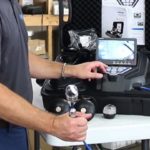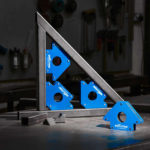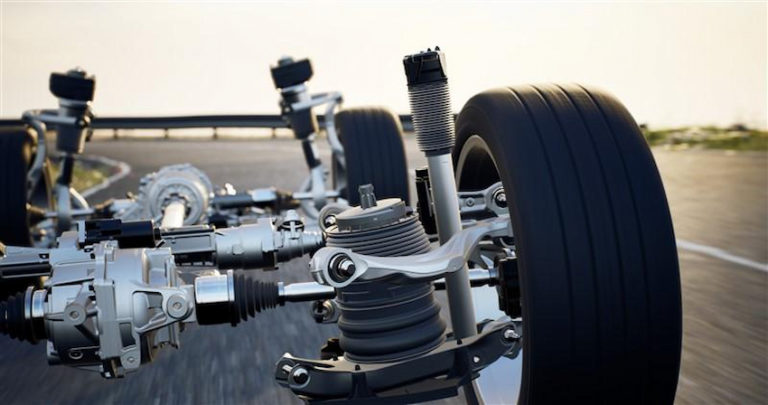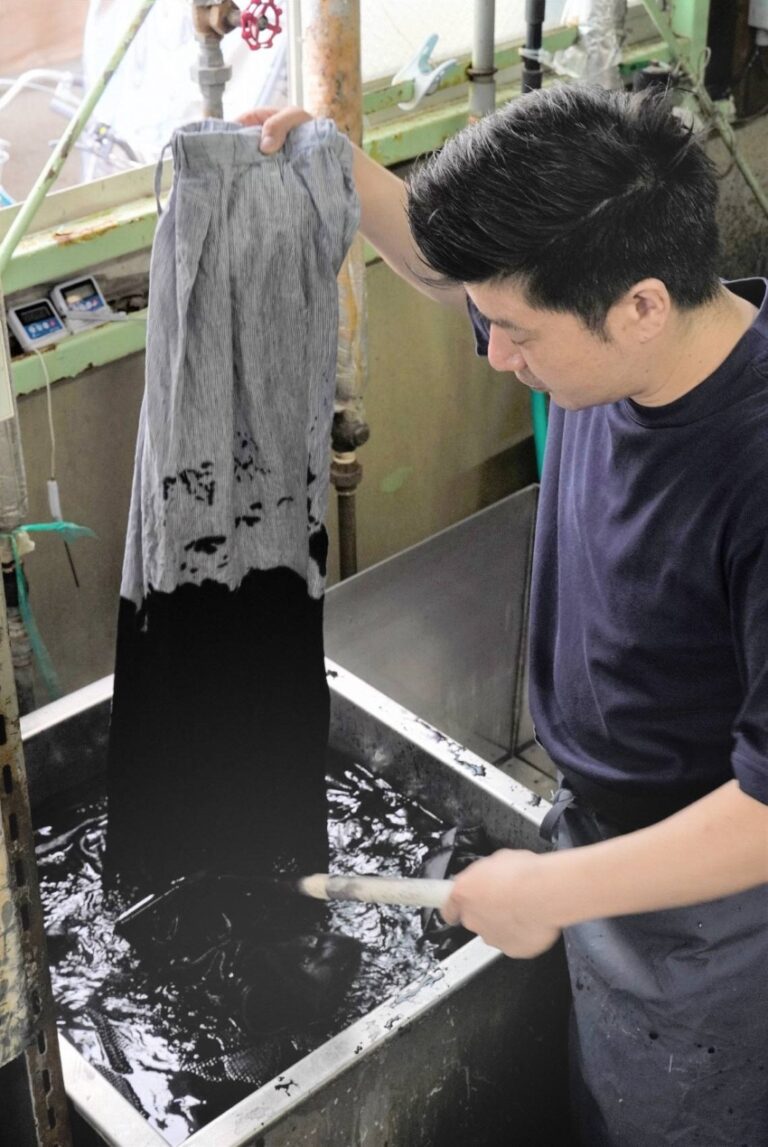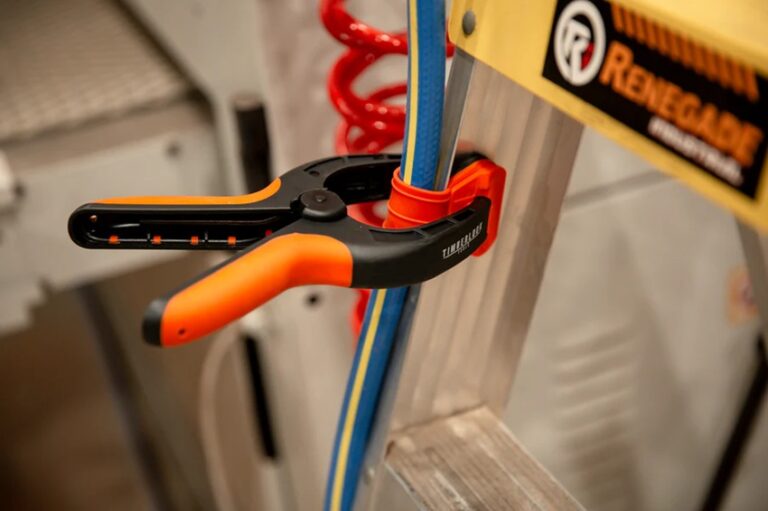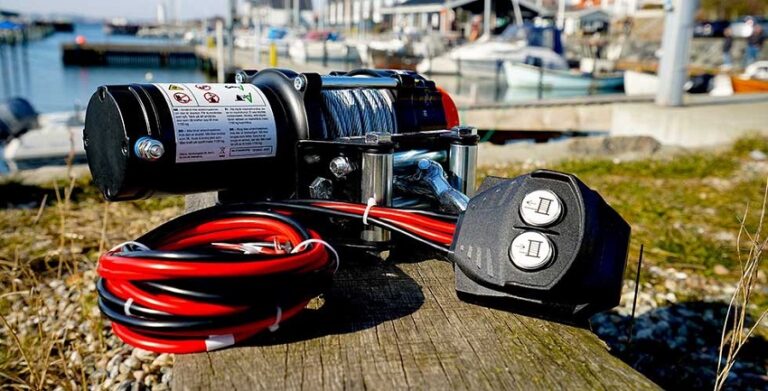Big American pickups from GM, Ford and Dodge are a relatively recent addition to Australia, competing directly with the bestselling vehicle category comprising mid-sized utes like the Ranger, Hilux and D-Max. The stateside trucks are bigger in all directions, have more interior space, bigger loading bays, and with beefier V6 and V8 petrol and diesel engines, huge towing capacities. Everything is supersized, and this shows in the price. All trucks have 6-figure price tags but come generously equipped, with a range of comfort, safety and infotainment additions rivalling luxury cars.
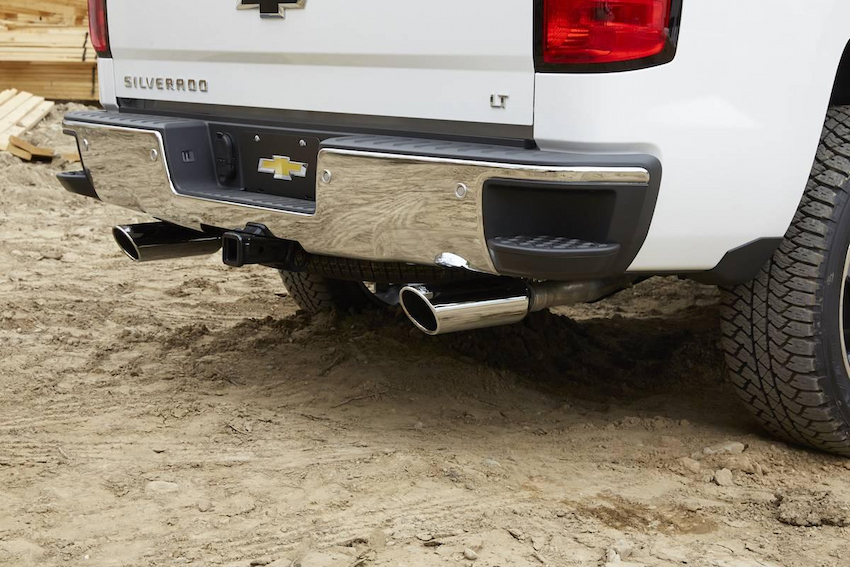
One of the best sellers in the segment is the Chevy Silverado, an established nameplate in the States, but a novelty in Australia. What’s familiar though is a reworked version of a 6.2-litre V8 engine that we first saw in HSV Commodore SS, but now producing 314kW and torque (624Nm) to match 2 diesel utes. If you’re after hot acceleration in a truck just shy of 6 metres and close to 3 tons, then the Silverado ZR2 will put a smile on your face. And if you’re towing or need the extra payload capacity (albeit with a few Federal restrictions), the Silverado ticks this too.
And for relatively new models like the Silverado, there’s more good news with a rich aftermarket scene. The pickup is kitted with almost everything you’ll need or want, but a few upgrades, such as an uprated suspension kit for better handling or reworked aftermarket Chevrolet Silverado exhaust get those huge power numbers close to automotive heaven. With wider tubing all-round, better materials, and a sound to die for, this is a value-packed performance addition worthy of any vehicle.
What You Get with an Aftermarket Exhaust
400+ horsepower is a formula for fun in any car. The number goes well with the weight and size of the Silverado, and its intended use. But it’s not a sin to want more. Swapping out the stock exhaust for a system specifically designed for such a big engine brings a long list of benefits:
- More power and torque – stock Silverado exhausts round out at 2.75” wide, while aftermarket systems start at 3 or 3.5”. The wider tubing reduces restrictions, optimises exhaust flow, and increases exhaust velocity. With the engine ready for the next combustion cycle, more power is on tap and more torque. Conservative numbers for aspirated engines average 10 per cent of overall output, so another 40hp reaching the wheels.
- Better sound – the Silverado isn’t short of show or sound, but an aftermarket exhaust takes this to the next level. The reworked mufflers and the addition of straight tubes turn up the volume and belt out a deep, throaty sound that gets louder the harder you’re on the throttle. If the size of the Silverado isn’t enough to turn heads, a reworked exhaust surely is.
- Improved materials and build – mandrel-bent high-grade stainless steel is miles ahead of the mild steel used in the stock Silverado exhaust. It won’t corrode, copes with higher heat and exhaust pressure, and is impact-resistant. Coatings also help with looks. In short, an aftermarket Chevrolet Silverado exhaust system looks better and lasts longer.
- Better fuel economy – big petrol pickup trucks are thirsty beasts. Towing a trailer at highway speeds can easily see you using 20 litres per 100 kilometres. With better exhaust velocity, improved scavenging (pulsating pressure waves and vacuum effect pushing gases out faster), and reduced backpressure, the engine is more efficient and uses less fuel.
Which Exhaust System for the Silverado
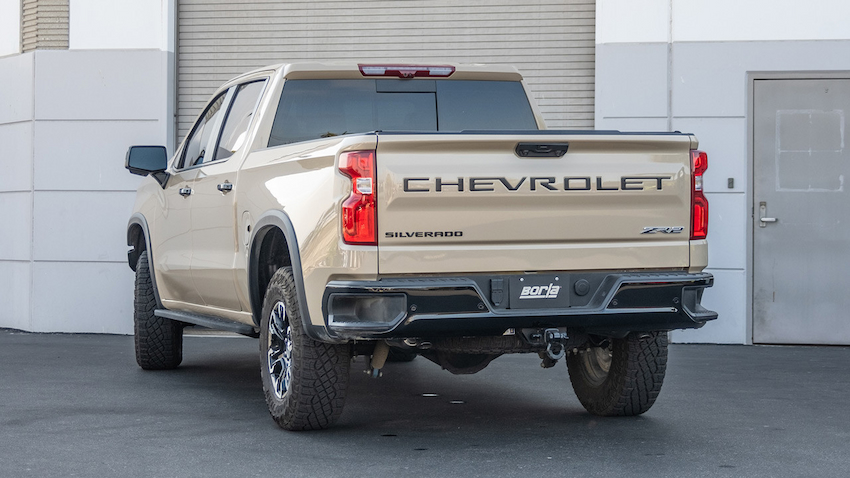
Different results are achieved with different setups. Silverado owners have three options here:
Axle-back exhausts
These change out all stock parts from the rear axle to the exhaust tips. Systems include reworked mufflers for better sound, and wider tailpipes for improved flow. While the performance gains are minimal, choose an axle-back Silverado exhaust to fine-tune the exhaust note.
Cat-back systems
This is the most popular option, balancing price and performance. Systems have reworked tubing from the catalytic converter, with wider mid-pipes, straight or quiet mufflers, wider tailpipes, and a choice of exhaust tips. The wider tubing helps with exhaust flow (and performance), while reworked muffler layouts produce a deeper sound.
Header-back systems
Choose a header back exhaust if you want the whole package. This swaps out all the stock exhaust parts. Aftermarket systems include redesigned extractor pipes for improved scavenging, wider downpipes for increased exhaust velocity, high-flow catalytic converters for improved emissions (and flow) and straight-tube mufflers for a raspier sound. The layout can be optioned in dual or quad-tips for a subtle visual effect.
What to Look for
Choose respected builders and brands, quality build and materials, and layouts that suit your needs. A Silverado aftermarket exhaust comes with compatible hardware for easy mounting (with little or no extra work), a range of materials (different steel grades, plus exotic metals like titanium or carbon inserts for lower weight) and advanced manufacturing processes to ensure parts last. Lastly get a professional fit, especially with a full header back system.

